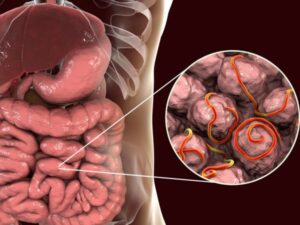Understanding Blood Pressure
Blood pressure is a measure of the force exerted by blood on the walls of your arteries as it circulates throughout the body. It is typically expressed as two numbers, with the top number (systolic) representing the pressure when the heart beats and the bottom number (diastolic) representing the pressure between heartbeats.
Normal Blood Pressure Ranges:
Systolic: Less than 120 mmHg
Diastolic: Less than 80 mmHg
Elevated Blood Pressure:
Systolic: 120-129 mmHg
Diastolic: Less than 80 mmHg
High Blood Pressure (Hypertension):
Stage 1: Systolic 130-139 mmHg or Diastolic 80-89 mmHg
Stage 2: Systolic 140 mmHg or higher or Diastolic 90 mmHg or higher
Understanding Blood Pressure Readings:
A high blood pressure reading indicates that the heart is pumping too hard or the arteries are too narrow.
A low blood pressure reading may indicate that the heart is not pumping strong enough or the arteries are too wide.
Importance of Maintaining Optimal Blood Pressure:
High blood pressure is a major risk factor for heart disease, stroke, and kidney failure. It is important to monitor your blood pressure regularly and take steps to maintain optimal levels.
Tips for Managing Blood Pressure:
Exercise regularly
Maintain a healthy weight
Eat a balanced diet low in sodium and saturated fat
Limit alcohol intake
Manage stress effectively
Consult with a healthcare professional if you have high blood pressure or are at risk of developing it





